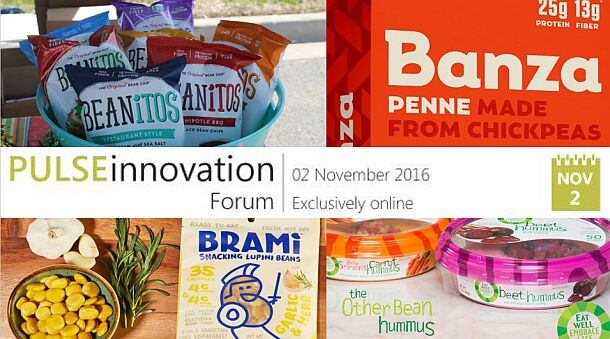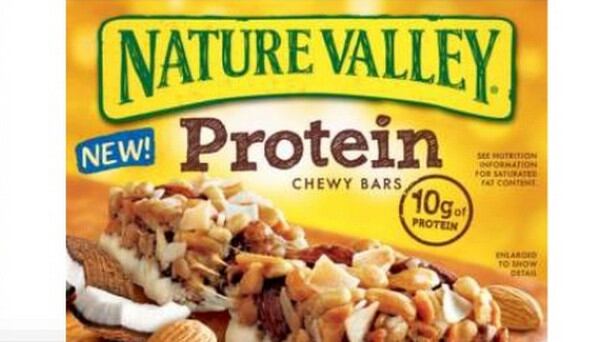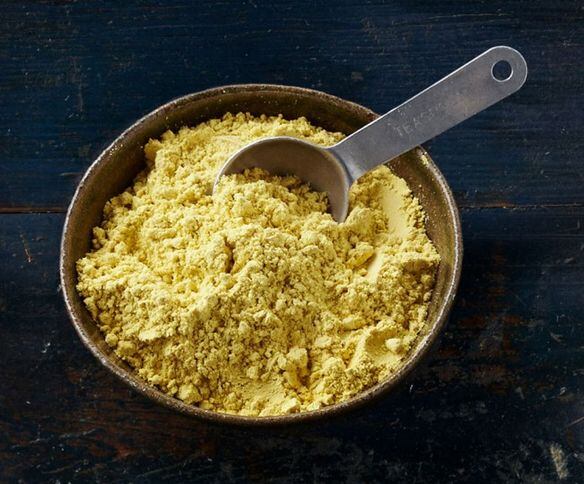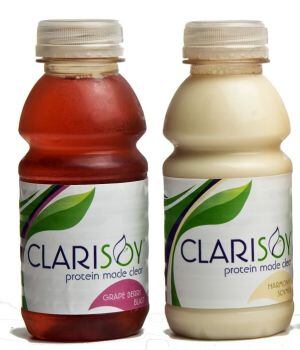Providing Americans – most of whom are not short of protein – with more bars, functional waters and snacks loaded with pea or hemp protein powder probably isn’t going to displace animal protein in the way that a massive shift towards plant-based meat and dairy replacements might, acknowledges Alan Rillorta, director of branded ingredient sales at AIDP.
“I don’t think people are necessarily replacing whey with plant proteins. It’s more the case that people are developing new products or doing line extensions.”
But getting proteins from pulses, seeds and other vegan sources on consumers’ radar is all part of a wider strategy of raising awareness that protein comes in many forms, says Rillorta, who says ‘plant-based protein’ is now something consumers and food manufacturers are asking for in and of itself, not just because dairy is expensive.
“What’s interesting is that the price of dairy proteins has come down a lot, so whey protein is now within striking distance of these rice and pea proteins, but I am still getting a huge amount of inquiries about plant proteins."
Pea protein is definitely the most popular right now
He adds: “Pea is definitely the most popular right now whereas two-to-three years ago rice was stronger. Pea used to be the same price as rice if not a little bit more, whereas now it’s come down in cost and has the cost advantage and the PDCAAS [Protein Digestibility Corrected Amino Acid Score – a measure of protein quality] advantage – it has a better amino acid profile – and also it’s perceived to be cleaner by some buyers owing to concerns about heavy metals.
“The European guys [leading pea protein suppliers] had some tight supplies a few years ago and the Chinese guys and some North American companies came in and started manufacturing pea protein and you’ve seen the price come down. There are other proteins coming onto the market now but some of them are four to five times as expensive, so you can see why pea is picking up.
“Pea protein applications are also the rise, from [dairy-replacement] beverages such as Ripple to meat analogs such as Beyond Meat, so the technology is getting better and we are breaking down barriers; it’s not just going into bars and protein powders."
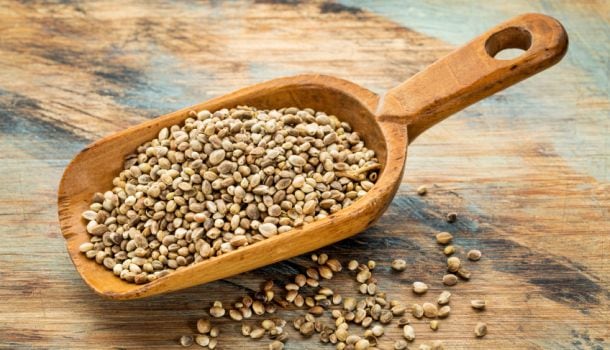
Hemp on the cusp of greatness?
While hemp protein is still considered to be fairly niche, things could change very rapidly if there is movement on the legislative front after the election, he predicts (with 28 US states now allowing farmers to grow industrial hemp – a crop that stubbornly remains on the DEA’s controlled substances list although it has no psychoactive effects – it is only a matter of time before the federal ban on its cultivation is lifted, predict some stakeholders).
“Hemp is like pea, you can use all parts of it for different things – oil, fibers and so on - so as soon as the legislation changes, I think things could move quickly. From a nutritional perspective, it is short on lysine, but relatively high in l-tyrosine and arginine, but you can blend it with other proteins [pea protein, for example, is rich in lysine].”
"I don’t think millennials associate hemp with marijuana in the way that older generations do.”
Alan Rillorta, AIDP
As for awareness, he says, “the Whole Foods set understands it, but I think some mainstream brands think the mass consumer is not ready to accept hemp yet because there is still that perception of there being an association with marijuana [industrial hemp comes from Cannabis sativa, the same plant species as marijuana, but contains little to no THC, the psychoactive ingredient in marijuana, and is a safe and legal food ingredient permitted in the US market].
“However, I don’t think millennials associate hemp with marijuana in the way that older generations do.”
Sacha Inchi: Great nutritional profile, but pricey owing to limited supply
Sacha inchi – an ‘ancient yet modern’ addition to the pant-protein set(sacha inchi seeds are native to Peru and like hemp seeds, also contain short-chain omega-3 fatty acids)are also gaining traction, although supplies are limited and prices are high, he says.
“I think some customers also find the name foreign: ‘If I put that on the label, will people recognize it?’ So you get a lot of sacha what?
“However, we do get inquiries about sacha inchi, in part because people like building a story around it. But it also has a very high PDCAAS [0.87] for a plant protein as well
[to place this in context, the highest PDCAAS score is 1.0. Whey protein concentrates have a score of 1.0, while soy protein concentrate is around 0.97 to 0.99, pea is around 0.7 and rice around 0.5).
Amino acid profile/nutrition: How important are PDCAAS scores?
But how much do customers care about PDCAAS values and protein quality?
According to Rillorta: “ The more savvy consumers – sports and natural foods consumers – look carefully at this, while the mass consumer is less interested. However, when it comes to labeling, protein quality does matter, so that’s also a factor [the % DV for protein on the Nutrition Facts label is based in part on PDCAAS scores, not just grams of protein].
“That said, I am getting fewer inquiries about amino acid profiles and nutrition around plant proteins than I did a couple of years ago, maybe because people just know this stuff by now. The questions I am getting now tend to be more application-based.”

“There are always good and bad suppliers of any raw material, while there are also buyers out there that just jump around looking for the cheapest price. You should always do your due diligence to qualify your vendors, but it’s wrong to generalize about [the dubious quality of] product coming out of China.
"Our pea protein comes from China but our team makes sure that our partners adhere to the high standards of quality we require.”
Alan Rillorta, director, branded ingredient sales, AIDP
Axiom Foods CEO: If the price of organic pea protein looks too good to be true, then it probably is…
But what about quality?
It’s a big issue in the market right now, claims David Janow, president and CEO of Axiom Foods, which is a leading player in the pea and rice protein market (it also looking at pumpkin and sunflower seed protein, and supplies a sacha inchi powder, although Janow says the premium price, limited supplies, and nutty “roasted coffee” taste - great for some applications, but no ideal for others - make this more of a niche opportunity right now).
One recent issue Axiom is urging buyers to watch out for is suspiciously cheap pea protein masquerading as organic.
“Demand for organic plant proteins is increasing quite a bit,” says Janow, “We’re going to be doing about 150-175 loads of organic peas this year, and that’s 40,000lbs per container, so that’s a lot. But there are a number of importers bringing in fake organic protein and charging half the price, and there’s no way at that price that the peas are organic.
“Customers are saying, ‘Well it has an organic certificate so I can hang my hat on it,’ but they shouldn’t be doing that because they will get caught.”

Watch out for soy and gluten in your pea protein…
He also warned buyers to watch out for pea proteins contaminated with soy or gluten; along with quality issues arising from the [heightened] fat content in some cheaper protein powders. “Peas are often grown in fields where there might be wheat, while products can also get mixed in the supply chain as well.”
While Axiom extracts its non-GMO pea protein in China (which has a ready market for pea starch – for glass noodles), it sources its peas from North America, and is now considering opening a processing facility in the US, says Janow.
“Demand is high across multiple application areas from meal replacements to protein powders and nutrition bars, we’re growing between 50-100% year on year.”
While pea has garnered a lot of the limelight lately, Axiom has a new process Janow claims can tackle the grittiness of rice protein and broaden its applications, while he also points to research suggesting that despite its lower levels of lysine and leucine, Axiom’s branded Oryzatein brown rice protein powder was just as effective as whey protein isolate at aiding recovery after resistance exercise.
(The product is enzymatically extracted from multiple layers of the whole grain versus what Janow describes as “the more typical rice protein which is hexane-extracted from only the bran layer.”)
Where next for beans, peas, chickpeas and lentils?
Register for our FREE, online 60-minute Pulse Innovation Forum on November 2, featuring Brami (lupini beans), Beanitos (bean snacks), Eat Well Embrace Life ('other bean hummus'), Pulse Canada, and Banza (chickpea pasta).
